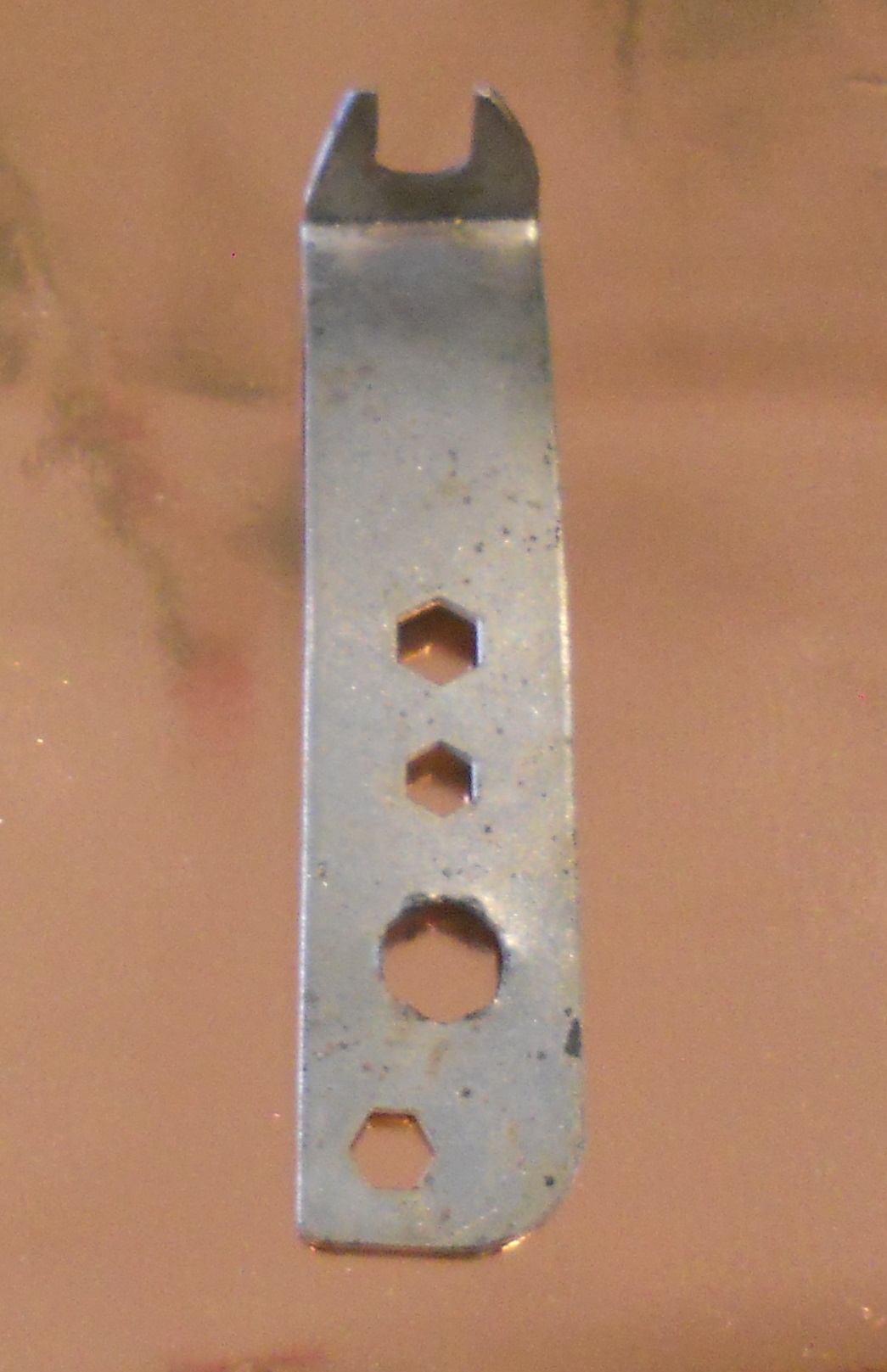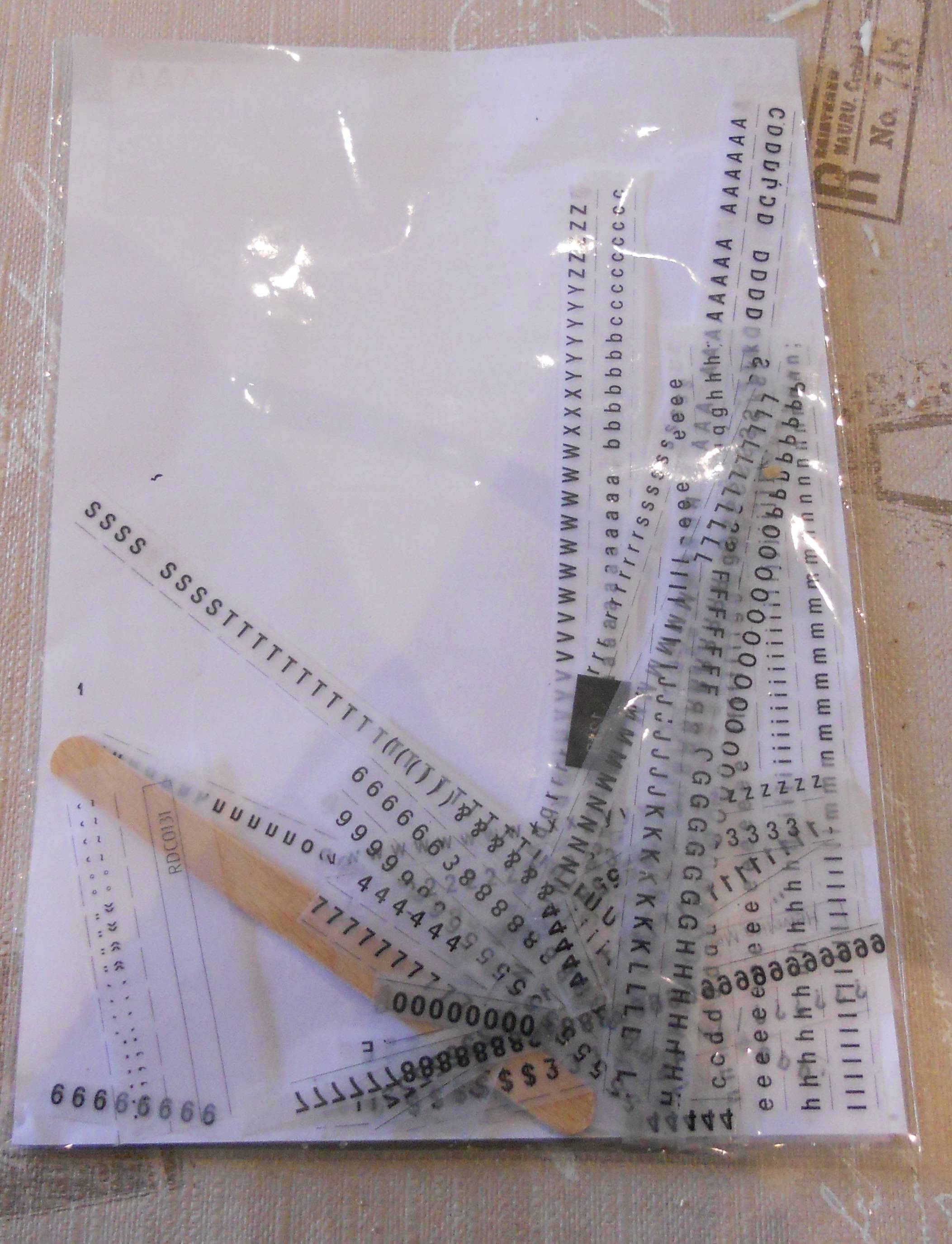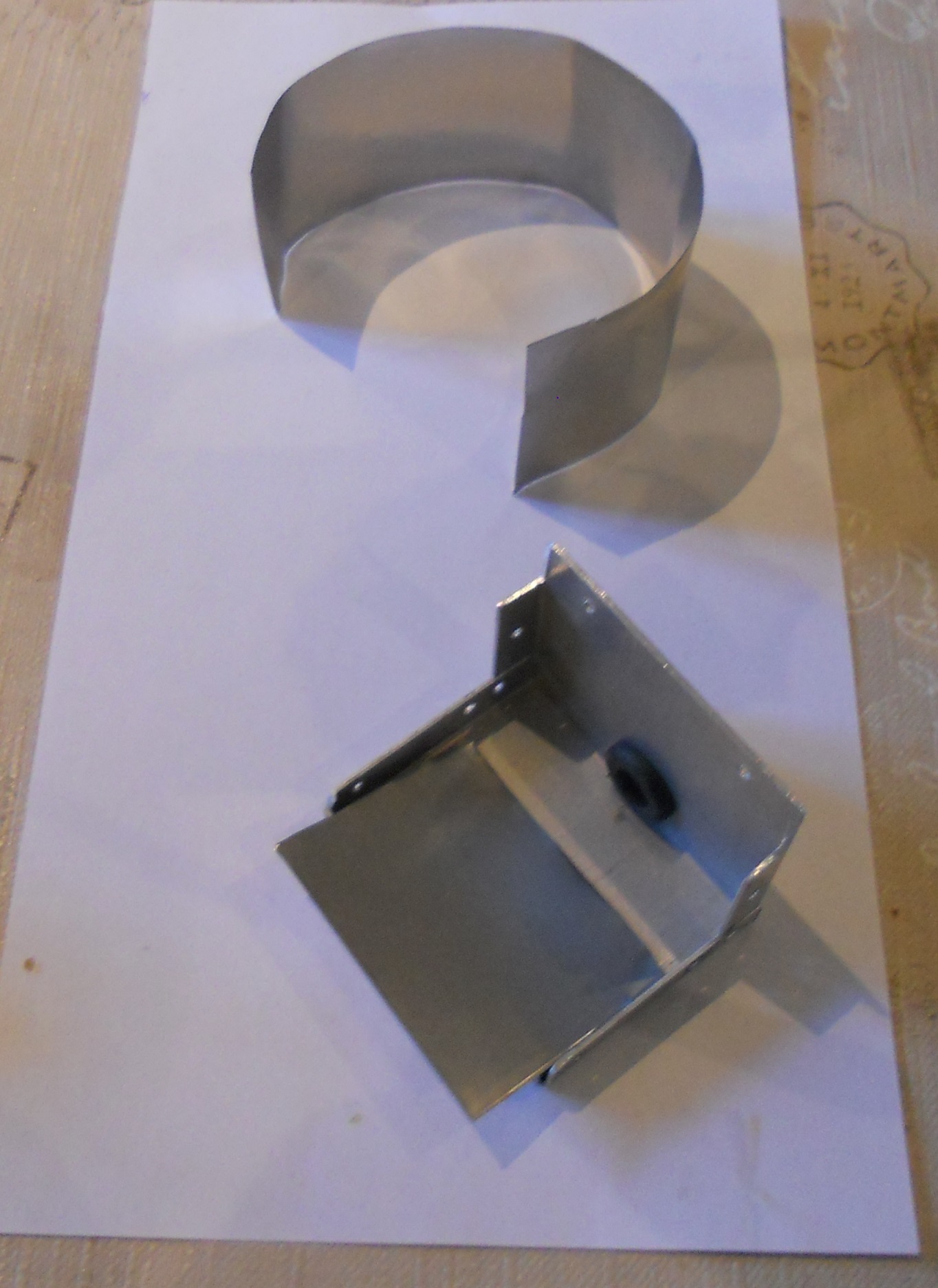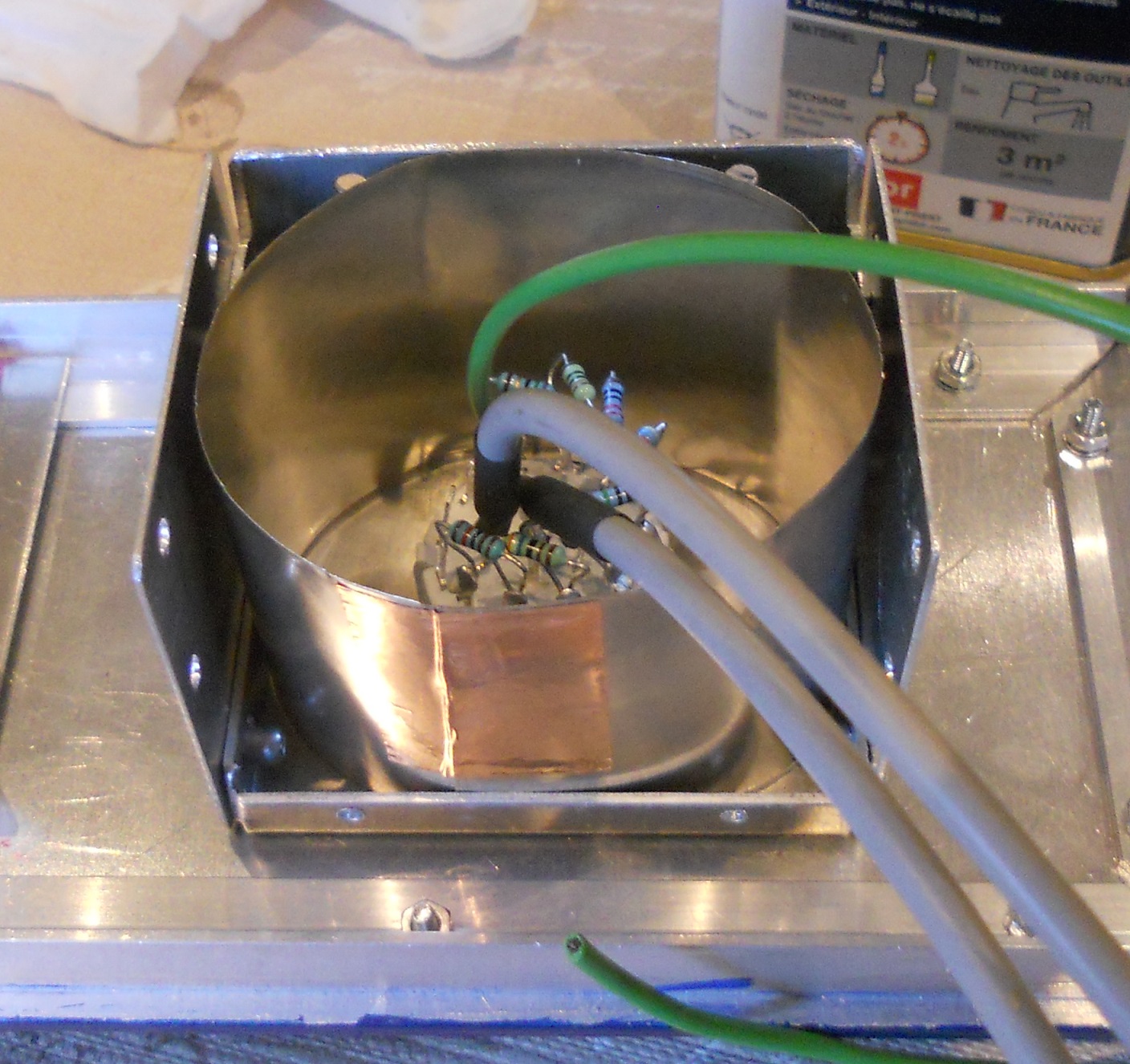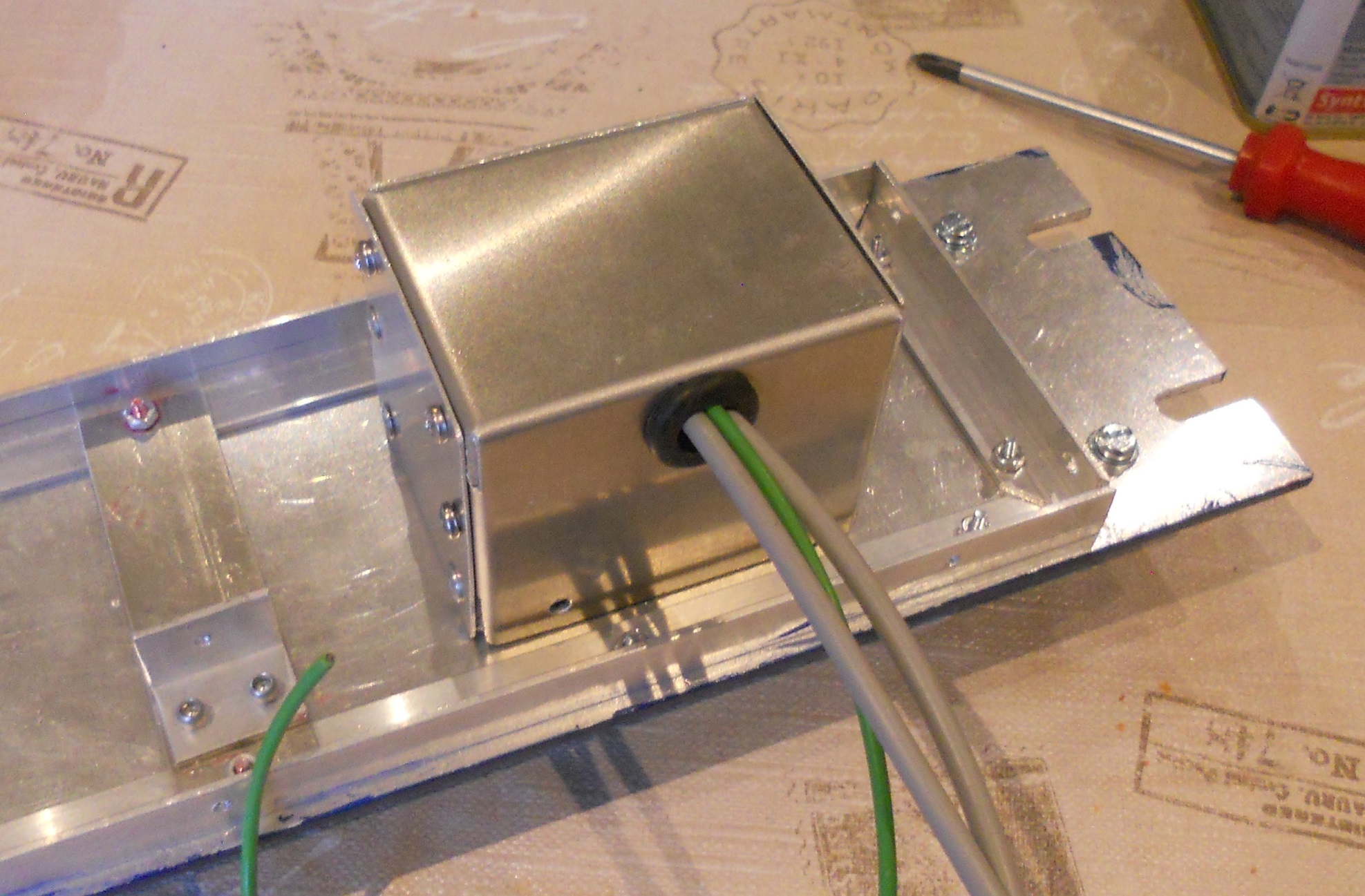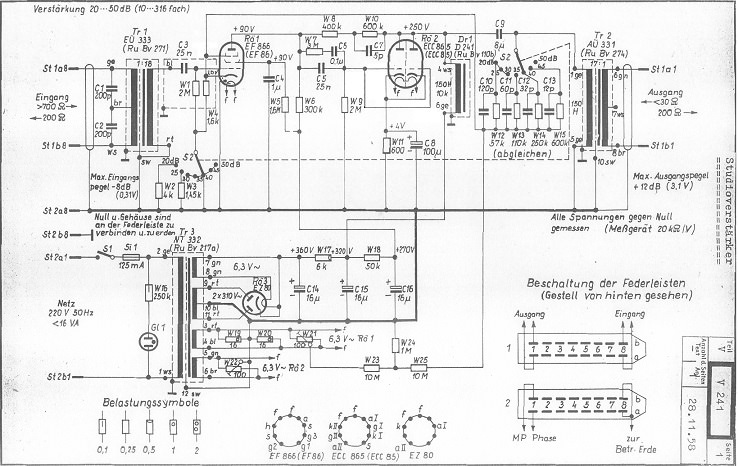@OpachecoYou need a signal generator and an oscilloscope.
Connect the Sig Gen to the input of the amp and the scope to the output.
You can measure the height of the sine wave on the screen or just look at it against the grid pattern as you vary the frequency.
Just remember that voltages read from the scope screen are Peak to Peak so you divide by 2.828 to get the RMS voltage.
The maximum output voltage was stated on the original schematic.
This corresponds to the maximum input 0.31V with the gain on 20dB.
You can use Google translate from German to Spanish or English
Best
DaveP




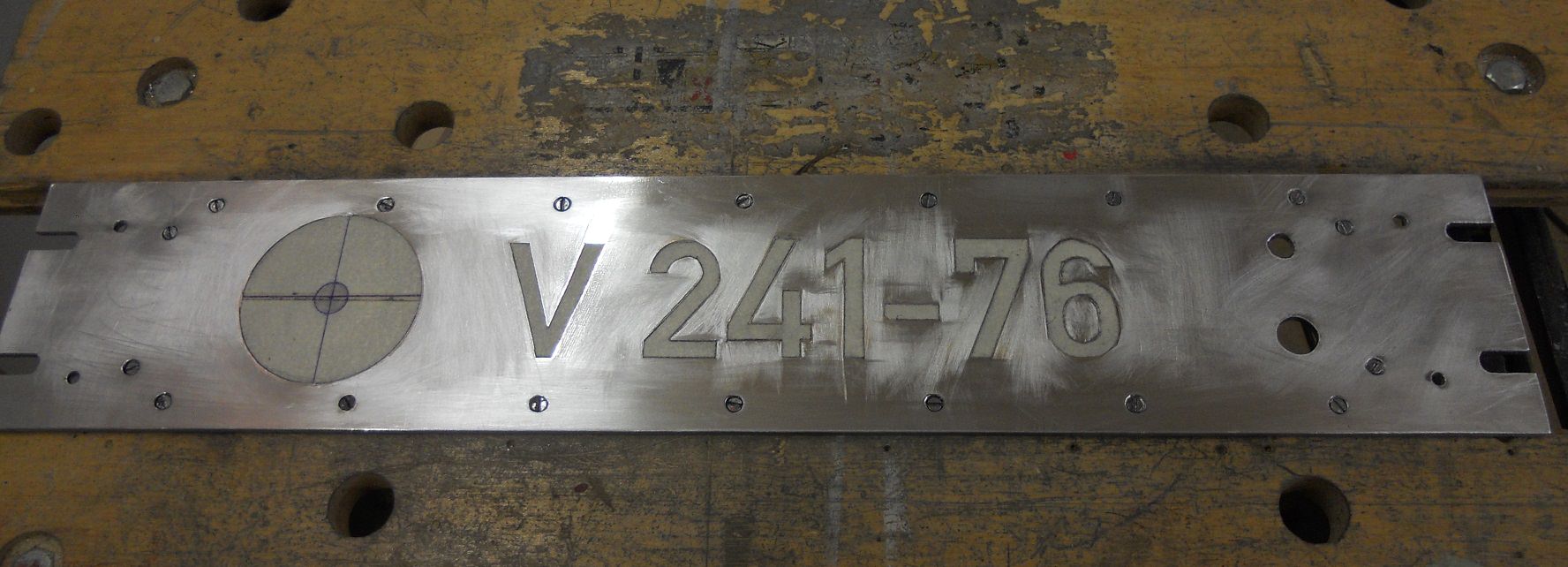







![Soldering Iron Kit, 120W LED Digital Advanced Solder Iron Soldering Gun kit, 110V Welding Tools, Smart Temperature Control [356℉-932℉], Extra 5pcs Tips, Auto Sleep, Temp Calibration, Orange](https://m.media-amazon.com/images/I/51sFKu9SdeL._SL500_.jpg)

























